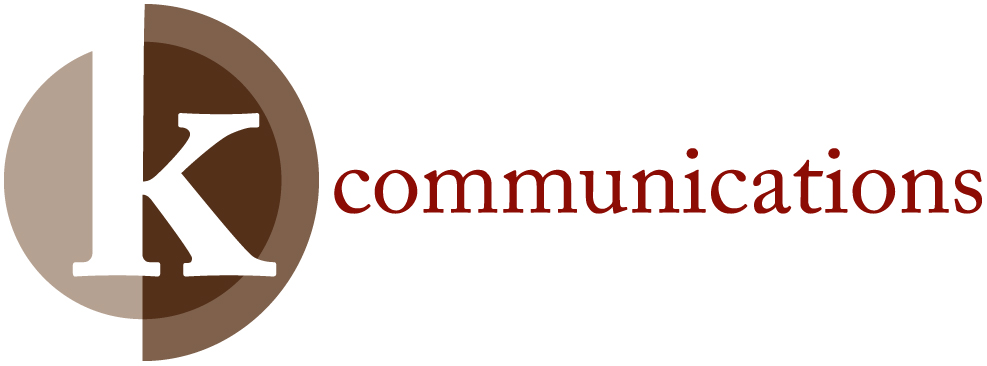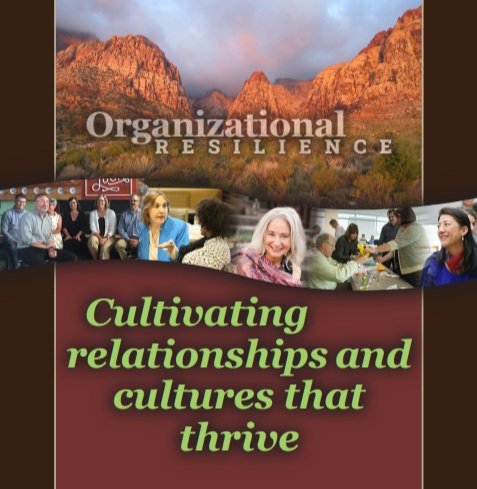Make Space for the Case - Manage for the Results
/I first heard that business idiom, “Make space for the case, Manage for the results”, while working at a creative marketing agency a few decades ago. It came from a boss who had a business coach guiding him on how to get results out of his staff. At first glance, I thought it was simply a way to placate an employee while pushing a corporate agenda. Hence, I was slow to adopt the practice. It felt manipulative and insincere.
Fast forward, and a deeper dive into the philosophy and its nuances, and I have embraced it. I see how it has the potential to generate a more informed and reasoned approach. It suggests a focus on understanding the context and evidence behind decisions, rather than just outcomes.
When we are strictly focused on outcomes and pushing our agenda, we fail to bring others along and we fail to see the validity of their concerns. On the other hand, when we get mired down in all the reasons why something can’t be done, we can start believing them.
Making space for the case.
What does this mean? And what does it look like in practice?
Creating space to truly listen to a team member’s perspective – their concerns, reasons, frustrations, and even resistance, is a valuable discovery process. They bring a unique viewpoint that might astutely inform your decision and its ultimate rollout. Let’s face it, whether you are officially in sales or not, you need to enroll others in decisions, changes, and initiatives for them to bear fruit.
You want to create the kind of culture where people can respectfully contribute their opinion, especially if it is dissenting. They might just help you mitigate a risk you didn’t anticipate. If it fosters a robust dialogue, then you can have increased confidence in an idea being better vetted.
If your decision or approach shifts as a result of their willingness to chime in, then they will know their voice matters. Even if you do not change course, but acknowledge their position, you have demonstrated respect by hearing them out. Either way, you are creating space – and an expectation - to collaborate.
Being willing to invite the opinion of naysayers into a constructive conversation takes some skill. First, you want to genuinely hear what they have to say. Second, you want to listen for what they are not saying. You likely will need to ask follow up questions – preferably open-ended – to get to a shared and meaningful understanding of the situation. What discomfort or fear do they have? What obstacles do they name that you might be instrumental in helping them remove? By naming the true resistance we get to the heart of the matter, and we don’t need to get caught up in the swirl of drama – excuses, finger pointing, blaming, and victimhood.
You can validate (make space for the case), without giving up on the desired results.
Validating is recognizing and affirming a person and their feelings and opinions as valid or worthy. Invalidating is when we deny, reject, or dismiss someone’s feelings, thereby sending the message that their subjective emotional experience is somehow inaccurate, insignificant or unacceptable.
Validating is NOT agreeing with someone. It is not placating, coddling, or manipulating. It is slowing down the conversation enough to hold space for another’s reality, without judgment.
In a coaching session today, a client and I were navigating the issue of her direct report’s tendencies to slip into commiserating with his team instead of guiding them to a collaborative solution. In the direct report’s desire to be helpful, he is unintentionally sabotaging the change the organization is trying to implement. My client shared that her direct report, “allows the conversation to sit in the negative for too long. He needs to learn how to shift it into a collaboration.” He would benefit from the art of making space for the case, while managing for the results.
What results are you seeking? And why do they matter?
Having clear goals and focused priorities can be an aligning tool for a team. They help people focus their limited resources and understand what is expected of them.
Results with Context. If you can explain the desired results in the context of why it matters and how it will benefit the various stakeholders, you’ll likely have more impact. “Because I said so” might (sometimes) work with kids, but not an ideal approach with professionals!
Shepherding Change. If the results you want, for example, involve creating more efficiencies in your operations, or improving quality of work, you are asking people to do things differently. Behavioral change can take time to shift. It can feel awkward, even threating. People can be concerned about their continued value and worth. One can acknowledge the discomfort of change without changing the action needed to be taken.
Create a road map. Any decision or initiative that you are committed to advancing will benefit from a clear plan of action. If that road map speaks to what will change and how team members will be a part of that change – it will increase the organization’s capacity to drive the results it needs to thrive. It can also mitigate the fears because it anchors the conceptual into the tangible. Suddenly, what was impossible, is happening.
As a leader, your ability to make space for the case is an expression of care. And to manifest your vision, you may need to guide people past their self-limiting beliefs and their undeveloped skills in enrolling others in change.
Bringing others along takes patience and persistence, but the cultural shifts that come with it will bolster your organization’s capacity to navigate change and growth.
“Make space for the case ~ Manage for the results” can be change the entire conversation into one that is collaborative, constructive, and actionable.



